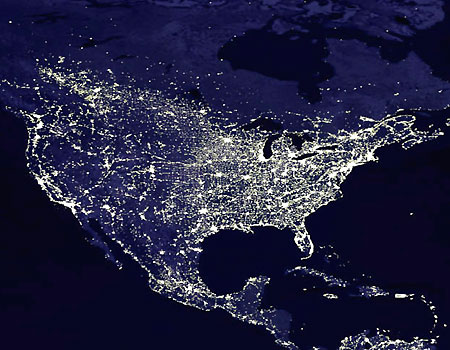Biz Dev – Part III – Why No Revenues is Better
 Foreigners are different from you and me. It doesn’t matter if you are Dutch, Chinese or American; your neighbor in the country next door is different. Europeans have this funny notion that a company needs to have revenues in order to have value. Americans have this funny notion that a company doesn’t need revenues to have value. Yes, we’re all different. But, if you’re living in Europe and have no revenues your neighbors’ (e.g. American) way of looking at companies – all at once – becomes attractive.
Foreigners are different from you and me. It doesn’t matter if you are Dutch, Chinese or American; your neighbor in the country next door is different. Europeans have this funny notion that a company needs to have revenues in order to have value. Americans have this funny notion that a company doesn’t need revenues to have value. Yes, we’re all different. But, if you’re living in Europe and have no revenues your neighbors’ (e.g. American) way of looking at companies – all at once – becomes attractive.
So what makes a no revenue company attractive? Customers! Lots and lots and lots of customers. So many new users each day or month that it becomes difficult to keep track of just how fast the company is growing.
So what, you say. Well, if you’re a US company with hyper-growth (e.g. think Twitter, Foursquare, Facebook) the venture capitalists and angel investors in America will be throwing money at you.
If you’re based in Europe, you’ll be hard-pressed to find a VC or angel investor who “gets it”. Yes, “gets it” is only now coming to Europe.
Here’s how it works. Venture capitalists in the US use a rough estimate of $2.00 in revenue per user per year (that’s two dollars) as a target for such hyper-growth companies. And, if you apply a multiple of 20X; then that user is worth $40 (That’s forty dollars!). And, if you have a million users, you have $40,000,000 in value. [I’m simplifying, but we’re looking at the “order of magnitude here” not fifth decimal point accuracy so put away your slide rule.] Therefore, if you’re investing when there are one million users and next year there will be two million users your investment will of course double. But what if you have 3x, 4x or 5x more users? If you’ve got a company on exponential growth, this isn’t out of the question. So even a $240 million investment at a $15 billion valuation (e.g. What Microsoft invested in Facebook early on), starts looking really good now that Facebook has over 750 million users and a valuation north of $70 Billion.
Let’s look at a company like Vente-Privee founded in 2001 in France. They were the pioneers of flash sales. They had hyper-growth. What did they do? They waited 10 years until a bunch of me-too competitors had popped up in the US before even coming here. They just did a deal with American Express and are now launching in the US but hey, with a bucket full of cash, they could have come here 10 years ago. So how much value did they leave on the table because they couldn’t (or wouldn’t) take advantage of their hyper-growth? Billions of value lost.
Yeah, I know. Everyone’s not Facebook. But, there are lots of companies with smaller numbers that are still impressive. Look at Evernote, steady, sure upward growth. Just a matter a time before they realize their full value for their investors.
So if you have a company that’s adding users like crazy (after you give me a call) consider that if you’re in Europe your greatest returns may be in getting US investors to invest in your company so you can realize the value as quickly as possible before someone copies your idea and takes all that value away; unless of course, you can find a European investor and VC who “gets it”.











